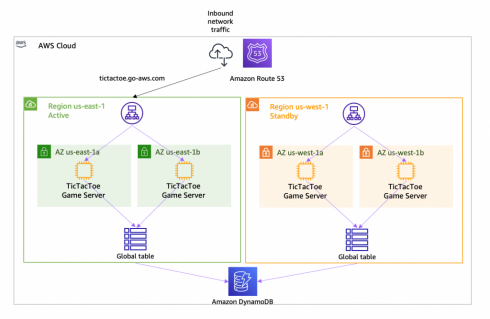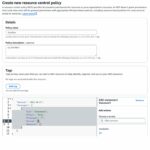
Amazon has announced the availability of its Route 53 Application Recovery Controller which monitors an application’s ability to recover from failures. It also controls application recovery across various AWS Zones and Regions and in on-premises environments.
According to Amazon, some industries have higher uptime requirements than the standard 99.999% where recovery time objectives (RTO) are measured in terms of seconds or minutes. Amazon Route 53 Application Recovery Controller can help with building those types of applications.
RELATED CONTENT: 3 things to look for in a SaaS backup and recovery solution
It is made up of two important parts: readiness checks and routing control.
Readiness checks monitor AWS resource configurations, capacity, and network routing policies. Administrators can monitor for changes that would impact the ability to execute recovery operations by ensuring that the recovery environment is scaled and properly configured to take over.
Readiness checks can monitor configuration of Auto Scaling groups, Amazon Elastic Compute Cloud (EC2) instances, Amazon Elastic Block Store (EBS) volumes, load balancers, Amazon Relational Database Service (RDS) instances, Amazon DynamoDB tables, and more.
For example, a readiness check might verify service limits to ensure that enough capacity can be deployed in an AWS region if the need for a failover arises, and verifies that capacity and scaling characteristics of application replicas are the same across AWS regions.
Routing controls rebalance traffic across replicas during failures. They help to redirect traffic to the replica and ensure that the application stays available.
According to Amazon, routing controls provide a way to failover the entire application stack based on metrics or partial failovers, provide safe and simple manual overrides, and offer safety rules to prevent common side effects of automated health checks, like preventing failover to an unprepared replica.








